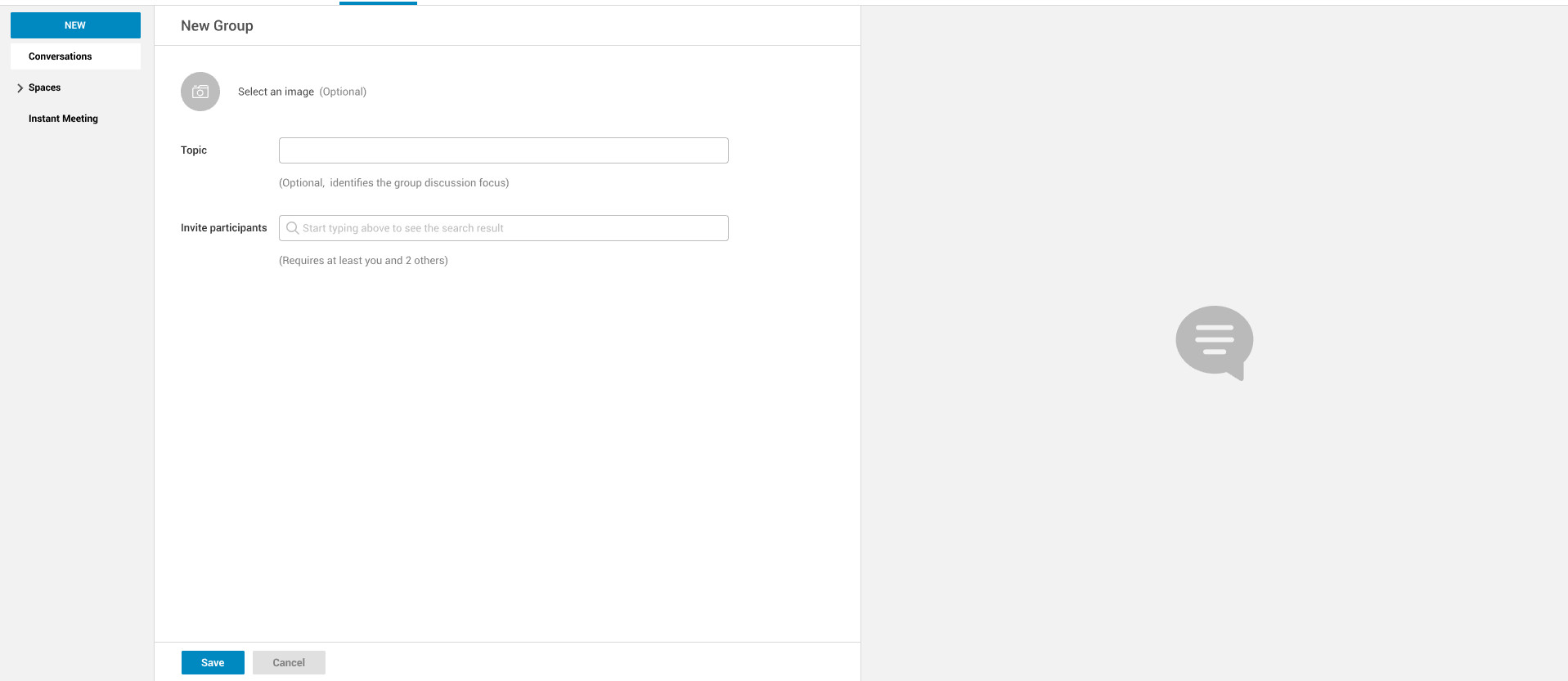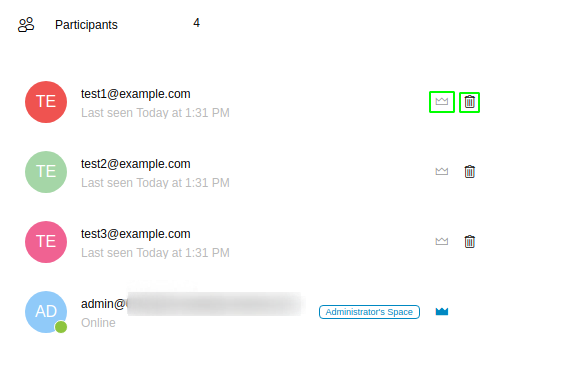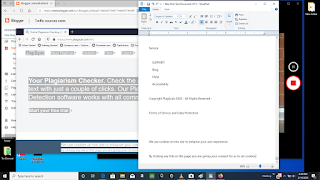
E0000004.log), the hard recovery command will fail.ġ7. If the production location does not contain a sequence of this (i.e. In this case, the restore.env folder contained the last log file as E0000003.log. If the backup was taken a few days back and there were logs created in the production location once the backup was done, then we must make sure that the production location contains the sequence of logs from the one in the restore.env location. Location becomes empty post Hard Recoveryġ6.

Perform the Eseutil /mh “Path of the database” as indicated below and check the state of the database.
#Exchange public folder database check dirty sh how to#
Here, lets look at identifying a checksum error, understanding health of an Exchange database and how to know which log file belong to which database.Ī step by step walk-through of procedure to be followed when exchange database fail to mount in Exchange System Manager:ġ. Here I have tried to explain the terminologies involved in a repair process like how the Exchange JET database stores information properly arranged in physical and logical pages and how the repair, defrag and ISINTEG process get rid of corruption. You may be also interested in these topics too if you wish to know more about Exchange database technology:Įxchange database repair – The eseutil /p process: JET_errMissingLogFile -528 -548 – Exchange 2010 database recovery: Get-PublicFolderItemStatistics -Identity "\Marketing\Reports" | Select Subject,LastModificationTime,HasAttachments,ItemType,MessageSize | Export-CSV C:\PFItemStats.csvThe real job of an exchange administrator is to maintain high availability when it comes to a messaging environment.īelow mentioned processes are not done on a day to day basis, but understanding how the process works is mandatory for every exchange administrator. Whether the item has attachments ( HasAttachments) This example exports the output of the cmdlet to the PFItemStats.csv file that includes the following information for all items within the public folder \Marketing\Reports:ĭate and time that the item was last modified ( LastModificationTime) Use the Exchange Management Shell to export the output of the Get-PublicFolderItemStatistics cmdlet to a. Note that some parameters and settings might be available only in Exchange Online or only in Exchange Server.

Get-PublicFolderItemStatistics -Identity "\Marketing\2010\Pamphlets" | Format-Listįor detailed syntax and parameter information, see Get-PublicFolderItemStatistics. It also includes a piped command to format the list. This example returns additional information about the items within the public folder Pamphlets, such as subject, last modification time, creation time, attachments, message size, and the type of item.

Get-PublicFolderItemStatistics -Identity "\Marketing\2013\Pamphlets" Default information includes item identity, creation time, and subject. This example returns default statistics for all items in the public folder Pamphlets under the path \Marketing\2013. For example, you may want to delete a public folder if the items haven't been accessed for over two years, or you may want to convert a public folder that's being used as a document repository to another client access application. You can use this information to make decisions about what actions to take for your public folders, such as which public folders to delete. You can view the following information about items within a public folder: Use the Exchange Management Shell to view statistics for public folder items For example, if the public folder Marketing existed under the parent folder Business, you would provide the following value: \Business\Marketingįor detailed syntax and parameter information, see Get-PublicFolderStatistics. The value for the Identity parameter must include the path to the public folder.


 0 kommentar(er)
0 kommentar(er)
